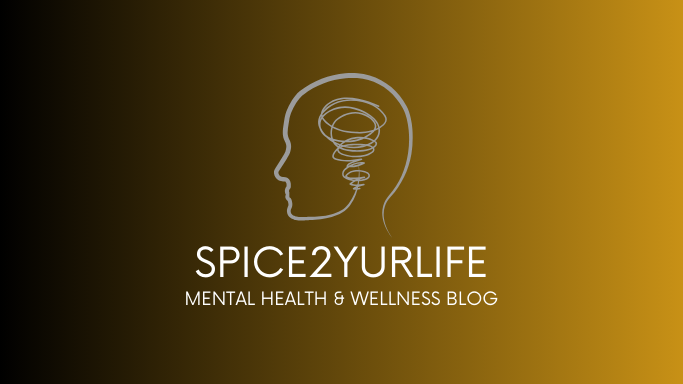Anxiety is an inherent part of the human experience. It is a natural response to stress, alerting us to potential dangers and helping us perform at our best. However, when anxiety becomes overwhelming and persistent, it can significantly impact our daily lives and overall well-being. In this blog post, we'll explore the nature of anxiety, its effects on our mental health, and practical strategies to manage and cope with it.
Understanding Anxiety
Anxiety is characterized by feelings of unease, worry, or fear about future events or uncertain outcomes. It can manifest as physical symptoms like rapid heartbeat, sweating, trembling, and even panic attacks. Additionally, it may lead to restlessness, difficulty concentrating, and irritability.
Different Types of Anxiety
1. Generalized Anxiety Disorder (GAD): A chronic condition where individuals experience excessive worry and tension, often without any specific trigger.
2. Social Anxiety Disorder (SAD): A condition characterized by intense fear of social situations, leading individuals to avoid social interactions.
3. Panic Disorder: Marked by recurrent and unexpected panic attacks, causing overwhelming feelings of terror and physical discomfort.
4. Specific Phobias: Anxiety focused on particular objects or situations, like heights, spiders, or flying.
5. Obsessive-Compulsive Disorder (OCD): Involves intrusive, distressing thoughts and repetitive behaviors aimed at alleviating anxiety.
The Impact of Anxiety on Mental Health
Anxiety can significantly impact one's mental health, affecting their ability to function optimally in daily life. Persistent anxiety may lead to:
1. Impaired Performance: Anxiety can hinder concentration, decision-making, and problem-solving abilities, adversely affecting work or academic performance.
2. Social Isolation: Individuals with anxiety may withdraw from social interactions, leading to feelings of loneliness and alienation.
3. Physical Health Complications: Chronic anxiety can result in physical health issues like insomnia, digestive problems, and weakened immune systems.
4. Negative Thought Patterns: Anxiety tends to feed negative thought patterns, which can further reinforce feelings of helplessness and distress.
5. Impaired Relationships: Anxious individuals may struggle with forming and maintaining healthy relationships due to fear and insecurity.
Coping Strategies for Anxiety
1. Practice Mindfulness: Mindfulness techniques, such as meditation and deep breathing exercises, can help ground you in the present moment and reduce anxious thoughts.
2. Cognitive Behavioral Therapy (CBT): CBT is an effective therapeutic approach for managing anxiety by identifying and challenging negative thought patterns.
3. Regular Exercise: Engaging in physical activity boosts endorphin levels, promoting a sense of well-being and reducing stress and anxiety.
4. Limit Stimulants: Limit or avoid stimulants like caffeine and nicotine, as they can exacerbate anxiety symptoms.
5. Seek Support: Don't hesitate to reach out to friends, family, or professional counselors for support and understanding.
6. Set Realistic Goals: Break tasks into smaller, manageable steps to reduce feelings of overwhelm and build confidence as you accomplish each goal.
7. Prioritize Self-Care: Ensure you get enough sleep, eat a balanced diet, and engage in activities that bring you joy and relaxation.
Anxiety may be an unwelcome companion at times, but with the right tools and support, it doesn't have to dictate our lives. Embracing mindfulness, seeking professional help, and practicing self-compassion are powerful ways to navigate the tides of anxiety. Remember that it's okay to seek help and that you're not alone in your journey towards inner calm and resilience. Together, we can embrace anxiety as a natural part of our lives while learning how to manage its impact on our mental well-being.





